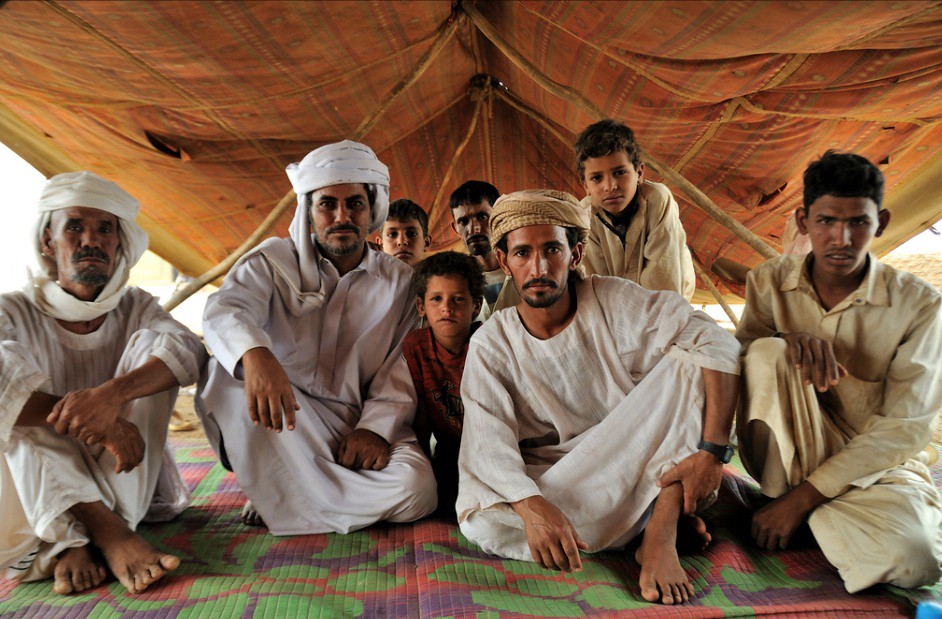The UAE’s Donation to the IMF
 In early October, at the 50th annual Poverty Reduction and Growth Trust (PRGT) meeting in Morocco, the United Arab Emirates (UAE) declared it will be sending $200 million to the International Monetary Fund’s (IMF) PRGT. The pledge is a representation of both the UAE’s commitment to battling poverty and how the IMF’s mission has spread and is receiving support from more nations than ever before. With funding from nations like the UAE, the IMF has been able to cultivate change in global sustainability, poverty and justice. Here is some information about the IMF, the PRGT and the UAE’s donation to help countries in need.
In early October, at the 50th annual Poverty Reduction and Growth Trust (PRGT) meeting in Morocco, the United Arab Emirates (UAE) declared it will be sending $200 million to the International Monetary Fund’s (IMF) PRGT. The pledge is a representation of both the UAE’s commitment to battling poverty and how the IMF’s mission has spread and is receiving support from more nations than ever before. With funding from nations like the UAE, the IMF has been able to cultivate change in global sustainability, poverty and justice. Here is some information about the IMF, the PRGT and the UAE’s donation to help countries in need.
The IMF’s Origins
Now with 190 participating countries, the IMF works to cultivate reciprocal economic and social policies in the international community. The IMF originated in 1944, originally with 40 nations, with the goal of uniting to prevent mass economic strife. According to the IMF, the recent Great Depression in the 1930s made the importance of preventing international economic collapse apparent. The IMF proclaims it has two foundational functions: providing financial assistance and implementing strong training programs for policymakers.
About the PRGT
With the precedent of the Great Depression, the IMF has become acutely aware of how the international economy is intertwined and fragile. The IMF created the PRGT in 2010 to provide an avenue for struggling nations to get short-term economic relief without long-term repercussions. The PRGT’s function is to provide interest-free loans to low-income nations, thus eliminating the burden of paying back with interest, making the loans a way for nations to propel themselves out of severe poverty.
The IMF reports that the PRGT has lent a total of $29 billion since the beginning of the pandemic in interest-free loans. An example of the usage of the PRGT was in the Democratic Republic of Congo (DRC), where it lent $500 million to the nation to fund rapid credit facilities, in response to the pandemic. Headed into the meeting in October, the PRGT was $1.2 billion short of the goal for the trust, which inhibited the IMF from providing the financial aid it aimed for. The present shortage has only amplified the impact of the UAE’s pledge, as it cuts the shortage by around 20%, and puts pressure on other nations to do their part as well.
The UAE’s Donation
The pledge that the UAE made in October is not the only financial aid the UAE has provided to countries in need, as in February, the UAE sent more than $50 million to Syria to aid their social and economic recovery from the devastating earthquake. The Minister of Foreign Affairs for the UAE, Mohamed Bin Hadi Al Hussaini, proclaimed that “the history of UAE’s foreign aid began with its foundation. It is now a vital financial, commercial and logistical hub for the Middle East, Africa and South Asia, thus linking its economy to those nations’ economies.”
The UAE’s donation signifies the role that wealthier nations are necessary to fulfill in the present international economy, as these donations will be reciprocated through the rebuilding of a strengthened global economy. With each nation intertwined in this economic web, there is not a single strand that does not support the other. This mindset is the one that keeps the world afloat, and the one that the UAE has displayed through its foreign aid in 2023.
– Dimitri Lykidis
Photo: Flickr
